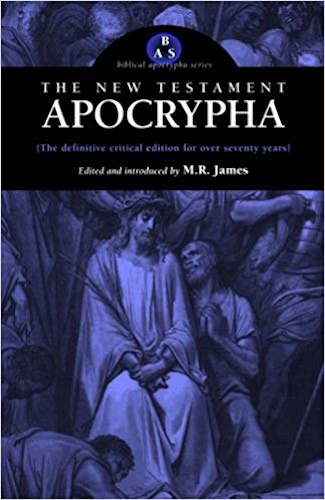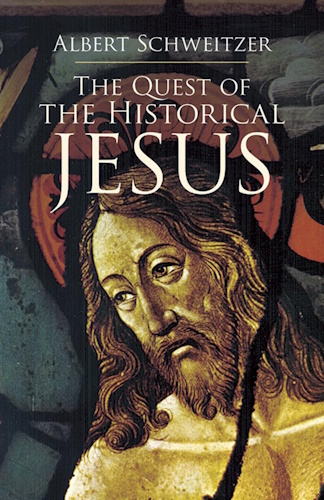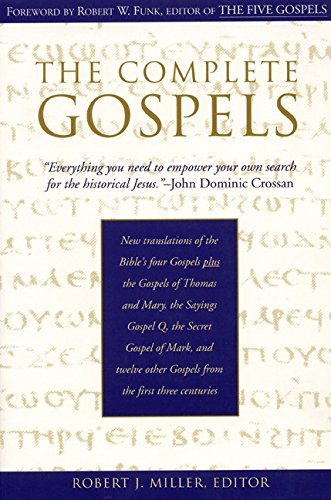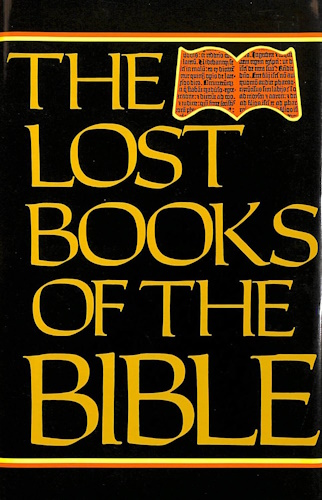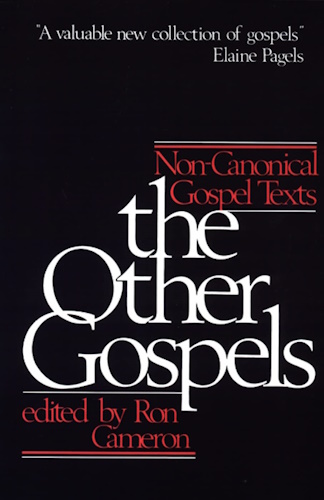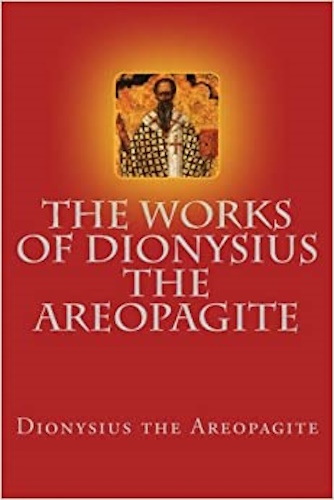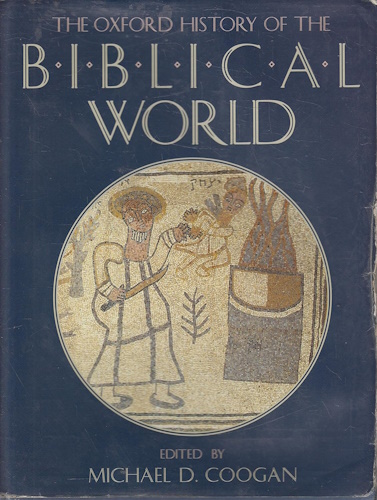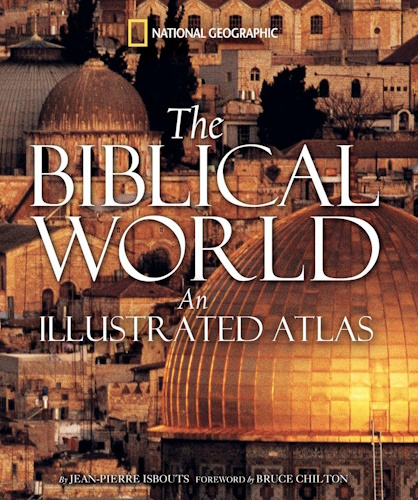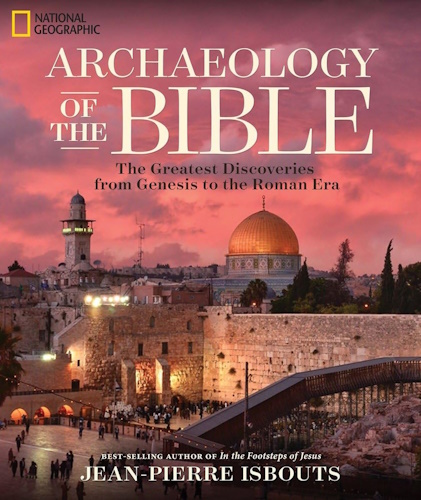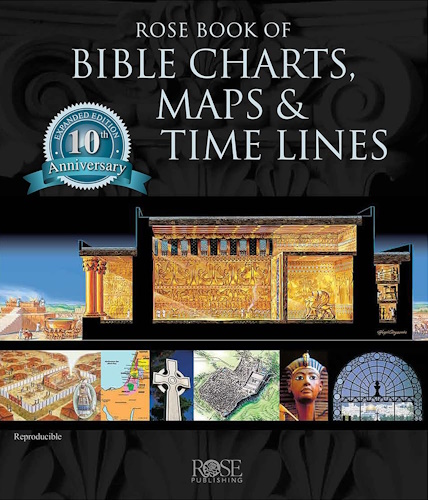
The works of Dionysius the Areopagite
Ecclesiastical Hierarchy
Caput VI
I. Concerning the Ranks of the Initiated.
Section I.
These, then, are the sacerdotal Ranks and elections, their powers, and operations, and consecrations. We must next explain the triad of the Ranks being initiated under them. We affirm then that the multitudes, of whom we have already made mention, who are dismissed from the ministrations and consecrations, are Ranks under purification; since one is being yet moulded and fashioned by the Leitourgoi through the obstetric Oracles to a living birth; and another is yet to be called back to the holy life, from which it had departed, by the hortatory teaching of the good Oracles; and another, as being yet terrorized, through want of manliness, by opposing fears, and being fortified by the strengthening Oracles; and another, as being yet led back from the worse to holy efforts; and another as having been led back, indeed, but not yet having a chaste fixedness in more Godlike and tranquil habits. For these are the Orders under purification, by the nursing and purifying power of the Leitourgoi. These, the Leitourgoi perfect, by their sacred powers, for the purpose of their being brought, after their complete cleansing, to the enlightening contemplation and participation in the most luminous ministrations.
page 139Section II.
And a middle rank is the contemplative, which participates in certain Divine Offices in all purity, according to its capacity, which is assigned to the Priests for its enlightenment.
For it is evident, in my opinion, that, that having been cleansed from all unholy impurity, and having acquired the pure and unmoved steadfastness of its own mind, is led back, ministerially, to the contemplative habit and power, and communicates the most Divine symbols, according to its capability, filled with every holy joy in their contemplations and communions, mounting gradually to the Divine love of their science, through their elevating powers. This, I affirm, is the rank of the holy people, as having passed through complete purification, and deemed worthy, as far as is lawful, both of the reverent vision, and participation of the most luminous Mystic Rites.
Section III.
Now the rank, higher than all the initiated, is the sacred Order of the Monks, which, by reason of an entirely purified purification, through complete power and perfect chastity of its own operations, has attained to intellectual contemplation and communion in every ministration which it is lawful for it to contemplate, and is conducted by the most perfecting powers of the Hierarchs, and taught by their inspired illuminations and hierarchical traditions the ministrations of the Mystic Rites, contemplated,
page 140
according to its capacity, and elevated by their sacred science, to the most perfecting perfection of which it is capable. Hence our Divine leaders have deemed them worthy of sacred appellations, some, indeed, calling them "Therapeutae," and others "Monks," from the pure service and fervid devotion to the true God, and from the undivided and single life, as it were unifying them, in the sacred enfoldings of things divided, into a God-like Monad, and God-loving perfection. Wherefore the Divine institution accorded them a consecrating grace, and deemed them worthy of a certain hallowing invocation—not hierarchical—for that is confined to the sacerdotal orders alone, but ministrative, as being ministered, by the pious Priests, by the hierarchial consecration in the second degree.
II. Mysterion on Monastic Consecration.
The Priest then stands before the Divine Altar, religiously pronouncing the invocation for Monks. The ordinand stands behind the Priest, neither bending both knees, nor one of them, nor having upon his head the Divinely-transmitted Oracles, but only standing near the Priest, who pronounces over him the mystical invocation. When the Priest has finished this, he approaches the ordinand, and asks him first, if he bids farewell to all the distracted—not lives only, but also imaginations. Then he sets before him the most perfect life, testifying that it is his bounden duty to surpass the ordinary life. When
page 141
the ordinand has promised steadfastly all these things, the Priest, after he has sealed him with the sign of the Cross, crops his hair, after an invocation to the threefold Subsistence of the Divine Beatitude, and when he has stripped off all his clothing, he covers him with different, and when, with all the holy men present, he has saluted him, he finishes by making him partaker of the supremely Divine Mysteries.
III. Contemplation.
Section I.
The fact that he bends neither knee, nor has upon his head the Divinely-transmitted Oracles, but stands by the Priest, who pronounces the invocation, signifies, that the monastic Rank is not for leading others, but stands by itself, in a monastic and holy state, following the sacerdotal Ranks, and readily conducted by them, as a follower, to the Divine science of sacred things, according to its capacity.
Section II.
And the renunciation of the divided, not only lives, but even imaginations, shews the most perfect love of wisdom in the Monks, which exercises itself in science of the unifying commandments. For it is, as I said, not of the middle Rank of the initiated, but of the higher than all.
Section III.
Therefore many of the things, which are done without reproach by the middle Rank, are forbidden
page 142
in every way to the single Monks,—inasmuch as they are under obligation to be unified to the One, and to be collected to a sacred Monad, and to be transformed to the sacerdotal life, as far as lawful, as possessing an affinity to it in many things, and as being nearer to it than the other Ranks of the initiated. Now the sealing with the sign of the Cross, as we have already said, denotes the inaction of almost all the desires of the flesh. And the cropping of the hair shews the pure and unpretentious life, which does not beautify the darkness within the mind, by overlarding it with smeared pretence, but that it by itself is being led, not by human attractions but by single and monastic, to the highest likeness of God.
Section IV.
The casting aside of the former clothing, and the taking a different, is intended to shew the transition from a middle religious life to the more perfect; just as, during the holy Birth from God, the exchange of the clothing denoted the elevation of a thoroughly purified life, to a contemplative and enlightened condition. And even if now also the Priest, and all the religious present, salute the man ordained, understand from this the holy fellowship of the Godlike, who lovingly congratulate each other in a Divine rejoicing.
Section V.
Last of all, the Priest calls the ordained to the supremely Divine Communion, shewing religiously
page 143
that the ordained, if he would really attain to the monastic and single elevation, will not merely contemplate the sacred mysteries within them, nor come to the communion of the most holy symbols, after the fashion of the middle Rank, but, with a Divine knowledge of the holy things received by him, will come to the reception of the supremely Divine Communion, in a manner different from that of the holy people. Wherefore, the Communion of the most holy Eucharist is also given to the sacerdotal Orders, in their consecrating dedications, by the Hierarch who consecrated them, at the end of their most holy sanctifications, not only because the reception of the supremely Divine Mysteries is the consummation of each Hierarchical reception, but because all the sacred Orders, according to their capacity, partake of the self-same common and most godly gifts, for their own elevation and perfection in deification. We conclude, then, that the holy Mystic Rites are, purification, and illumination, and consecration. The Leitourgoi are a purifying rank, the Priests an illuminating, and the Godlike Hierarchs a consecrating. But the holy people is a contemplative Order. That which does not participate in the sacred contemplation and communion, is a Rank being purified, as still under course of purification. The holy people is a contemplative Rank, and that of the single Monks is a perfected Rank. For thus our Hierarchy, reverently arranged in Ranks fixed by God, is like the Heavenly Hierarchies, preserving, so far as man can do, its God-imitated and Godlike characteristics.
Section VI.
But thou wilt say that the Ranks undergoing purification utterly fall short of the Heavenly Hierarchies (for it is neither permitted nor true to say that any heavenly Ordering is defiled), yea, I would altogether affirm myself, that they are entirely without blemish, and possess a perfect purity above this world, unless I had completely fallen away from a religious mind. For if any of them should have become captive to evil, and have fallen from the heavenly and undefiled harmony of the divine Minds, he would be brought to the gloomy fall of the rebellious multitudes. But one may reverently say with regard to the Heavenly Hierarchy, that the illuminating from God in things hitherto unknown is a purification to the subordinate Beings, leading them to a more perfect science of the supremely Divine kinds of knowledge, and purifying them as far as possible from the ignorance of those things of which they had not hitherto the science, conducted, as they are, by the first and more Divine Beings to the higher and more luminous splendours of the visions of God: and so there are Ranks being illuminated and perfected, and purifying and illuminating and perfecting, after the example of the Heavenly Hierarchy; since the highest and more Divine Beings purify the subordinate, holy, and reverent Orders, from all ignorance (in ranks and proportions of the Heavenly Hierarchies), and filling them with the most Divine illuminatings, and perfecting in the most pure science of the supremely Divine conceptions. For we have already said, and
page 145
the Oracles divinely demonstrate, that all the heavenly Orders are not the same, in all the sacred sciences of the God-contemplating visions; but the first, from G.od immediately, and, through these, again from God, the subordinate are illuminated, in proportion to their powers, with the most luminous glories of the supremely Divine ray.
![]()
![]()
-
Urantia Book, 44:0.11 - The Celestial Artisans
Never in your long ascendancy will you lose the power to recognize your associates of former existences. Always, as you ascend inward in the scale of life, will you retain the ability to recognize and fraternize with the fellow beings of your previous and lower levels of experience. Each new translation or resurrection will add one more group of spirit beings to your vision range without in the least depriving you of the ability to recognize your friends and fellows of former estates.
-
Princess Bride 1987 Wallace Shawn (Vizzini) and Mandy Patinkin (Inigo Montoya)
Vizzini: HE DIDN'T FALL? INCONCEIVABLE.
Inigo Montoya: You keep using that word. I do not think it means what you think it means. -
Urantia Book, 117:4.14 - The Finite God
And here is mystery: The more closely man approaches God through love, the greater the reality -- actuality -- of that man. The more man withdraws from God, the more nearly he approaches nonreality -- cessation of existence. When man consecrates his will to the doing of the Father's will, when man gives God all that he has, then does God make that man more than he is.
-
Urantia Book, 167:7.4 - The Talk About Angels
"And do you not remember that I said to you once before that, if you had your spiritual eyes anointed, you would then see the heavens opened and behold the angels of God ascending and descending? It is by the ministry of the angels that one world may be kept in touch with other worlds, for have I not repeatedly told you that I have other sheep not of this fold?"
-
Urantia Book, Foreword - 0:12.12 - The Trinities
But we know that there dwells within the human mind a fragment of God, and that there sojourns with the human soul the Spirit of Truth; and we further know that these spirit forces conspire to enable material man to grasp the reality of spiritual values and to comprehend the philosophy of universe meanings. But even more certainly we know that these spirits of the Divine Presence are able to assist man in the spiritual appropriation of all truth contributory to the enhancement of the ever-progressing reality of personal religious experience—God-consciousness.
-
Urantia Book, 1:4.3 - The Mystery Of God
When you are through down here, when your course has been run in temporary form on earth, when your trial trip in the flesh is finished, when the dust that composes the mortal tabernacle "returns to the earth whence it came"; then, it is revealed, the indwelling "Spirit shall return to God who gave it." There sojourns within each moral being of this planet a fragment of God, a part and parcel of divinity. It is not yet yours by right of possession, but it is designedly intended to be one with you if you survive the mortal existence.
-
Urantia Book, 1:4.1 - The Mystery Of God
And the greatest of all the unfathomable mysteries of God is the phenomenon of the divine indwelling of mortal minds. The manner in which the Universal Father sojourns with the creatures of time is the most profound of all universe mysteries; the divine presence in the mind of man is the mystery of mysteries.
-
Urantia Book, 1:4.6 - The Mystery Of God
To every spirit being and to every mortal creature in every sphere and on every world of the universe of universes, the Universal Father reveals all of his gracious and divine self that can be discerned or comprehended by such spirit beings and by such mortal creatures. God is no respecter of persons, either spiritual or material. The divine presence which any child of the universe enjoys at any given moment is limited only by the capacity of such a creature to receive and to discern the spirit actualities of the supermaterial world.
-
Urantia Book, 11:0.1 - The Eternal Isle Of Paradise
Paradise is the eternal center of the universe of universes and the abiding place of the Universal Father, the Eternal Son, the Infinite Spirit, and their divine co-ordinates and associates. This central Isle is the most gigantic organized body of cosmic reality in all the master universe. Paradise is a material sphere as well as a spiritual abode. All of the intelligent creation of the Universal Father is domiciled on material abodes; hence must the absolute controlling center also be material, literal. And again it should be reiterated that spirit things and spiritual beings are real.
-
Urantia Book, 50:6.4 - Planetary Culture
Culture presupposes quality of mind; culture cannot be enhanced unless mind is elevated. Superior intellect will seek a noble culture and find some way to attain such a goal. Inferior minds will spurn the highest culture even when presented to them ready-made.
-
Urantia Book, 54:1.6 - True And False Liberty
True liberty is the associate of genuine self-respect; false liberty is the consort of self-admiration. True liberty is the fruit of self-control; false liberty, the assumption of self-assertion. Self-control leads to altruistic service; self-admiration tends towards the exploitation of others for the selfish aggrandizement of such a mistaken individual as is willing to sacrifice righteous attainment for the sake of possessing unjust power over his fellow beings.
-
Urantia Book, 54:1.9 - True And False Liberty
How dare the self-willed creature encroach upon the rights of his fellows in the name of personal liberty when the Supreme Rulers of the universe stand back in merciful respect for these prerogatives of will and potentials of personality! No being, in the exercise of his supposed personal liberty, has a right to deprive any other being of those privileges of existence conferred by the Creators and duly respected by all their loyal associates, subordinates, and subjects.
-
Urantia Book, 54:1.8 - True And False Liberty
There is no error greater than that species of self-deception which leads intelligent beings to crave the exercise of power over other beings for the purpose of depriving these persons of their natural liberties. The golden rule of human fairness cries out against all such fraud, unfairness, selfishness, and unrighteousness.
